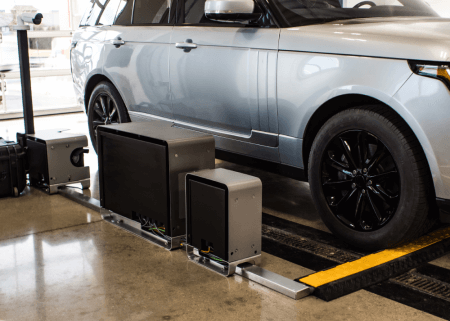
2021: The Year of The Road Trip
Heading into 2021, travel was expected to pick back up with road trips becoming the popular choice of transportation. According to a report from Priceline, nine in 10 of those surveyed went on at least one road trip since March 2020, with 75% taking more than four. It’s expected road trips will become just as popular, if not surpass pre-pandemic levels. What does this mean? More miles are logged on the road, resulting in more frequent scheduled maintenance.
If you’re one of the many planning a road trip, or already logged a few adventurous miles and intend to drive, even more, tires should be high up on the list of car maintenance priorities. As the only contact point, your car has with the road, maintaining tire quality, and performance is crucial, especially before a long trip.
According to the National Highway Traffic Safety Administration (NHTSA), it found out of the 11,500 passenger vehicles it inspected, almost half had at least one tire with only 50% tread remaining. The NHTSA also found 10% of the vehicles inspected had at least one tire that was old.
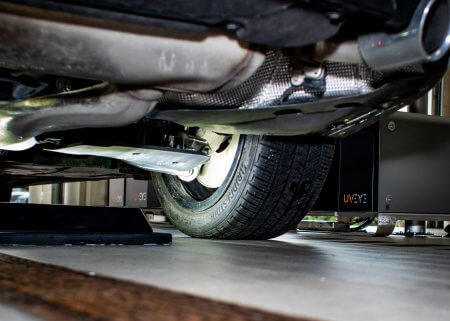
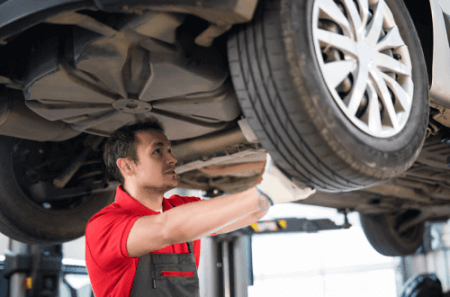
What’s So Bad About Old Tires?
→ Hardened tread blocks, with signs of crumbling = less grip and performance
→ Cracks between the tread widen with time and can expose the steel belts increasing the likelihood of a blowout
→ Rubber separating from the sidewall or at the shoulder can cause loss of pressure
→ Dry-rot cracking on the sidewall can also cause loss of pressure
→ Bulges in the sidewall from delaminating increase chances of a blowout
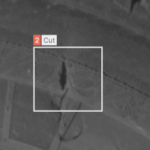
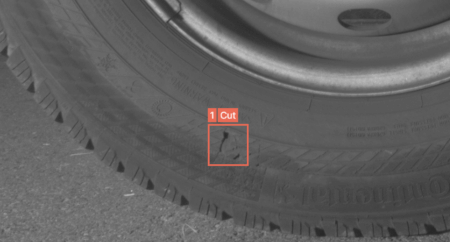
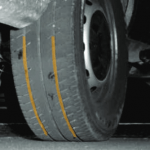
Restore Customer Confidence
Manufactures recommend tires be replaced every five to six years, regardless of how much tread remains. And that’s not just a tactic ro trick customers into buying new tires more frequently, even the NHTSA agrees. Sadly, very few if any car owners know tires have expiration dates, and even fewer car owners are aware those dates can be found on the tire sidewall itself. So, when they do hear a dealership attempting to upsell a new set of tires, customers tend to be skeptical.

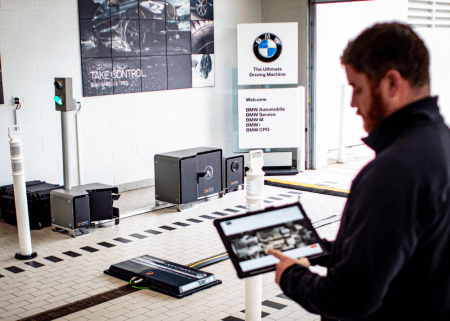
UVeye technology takes the guesswork out of the equation and puts the facts and figures directly in the customers’ hands. The Artemis scans wheels and tires as the car is driven past using high-definition cameras and artificial intelligence. The program then detects and analyses DOT specifications, air pressure, sidewall damage, uneven wear, and measures and indicates tread depth. All of which is highlighted and indicated on an easy-to-read report that can be given to customers.
It’s the type of inspection technology that speeds up and enhances the inspection process, but also gives customers peace of mind and restores confidence in regular maintenance reports. According to a Fixed Operations Director at a Kia dealership utilizing UVeye, they “increased tires sales and undercarriage repairs by 25%.”




